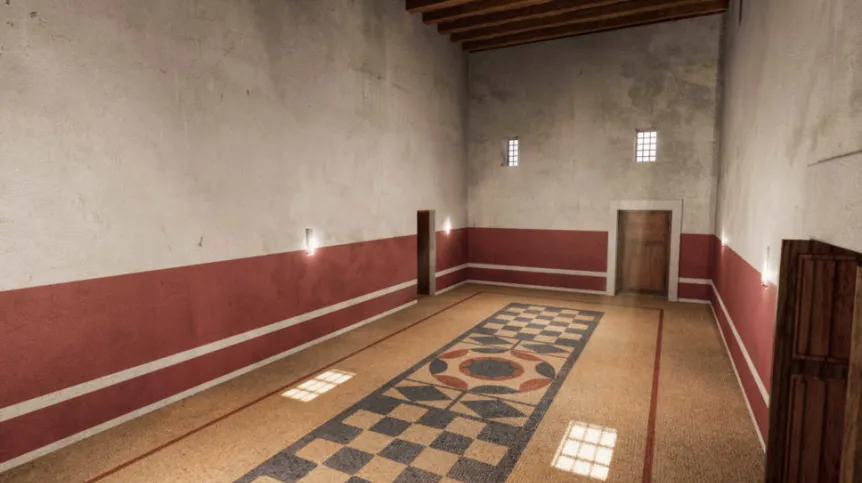
Archaeologists working in the Roman fort of Apsaros, Georgia, discovered a unique gold votive plaque, an offering for Jupiter Dolichenus. This confirms the cult of this deity, popular among Roman soldiers.
Fort Apsaros (as the fortress was known among the ancients) was built about 2,000 years ago on the border of the Roman province of Cappadocia. Today it is the town of Gonio near Batumi, a holiday resort in western Georgia.
A Polish-Georgian archaeological expedition has been working there since 2014. Another excavation season has been concluded by a team led by Dr. Radosław Karasiewicz-Szczypiorski, a professor at the University of Warsaw (Polish Centre of Mediterranean Archaeology, University of Warsaw) and Dr. Lasha Aslanishvili (Cultural Heritage Preservation Agency of Ajara).
This year, for the first time, archaeologists discovered a gold votive plaque. It is a small, thin plate, which fits in the palm of the hand, with embossed decorations and an inscription in Greek. The plaque was dedicated to Jupiter Dolichenus, a deity popular among Roman soldiers.
'It confirms the existence of a place of worship, a temple dedicated to Jupiter Dolichenus in the immediate vicinity of the find. This deity is different from Jupiter Capitolinus, the official Roman deity. The roots of the cult of Jupiter Dolichenus reach the east, the border of modern Syria and Turkey. It was a local deity, which, for not fully clear reasons, became popular in the Roman military environment', says Dr. Radosław Karasiewicz-Szczypiorski.
He emphasizes that finding a practically intact, gold object from ancient times is an exceptional event. 'It is also rare at our site. This may be due to the fact that the military did not wear gold, which was rare in everyday use anyway. This does not mean that the garrison or officers did not have financial reserves in gold', the archaeologist says.
Gonio is known for a treasure of gold objects found in the 1970s. It is indirectly related to the garrison, which proves that officers or people responsible for the garrison's finances could have buried chests of gold in special circumstances.
In addition to the plaque, researchers have collected other objects that indicate the not fully explained cult of Jupiter Dolichenus. These are mainly small bronze figurines, which depict a bull and an eagle, symbolizing Jupiter.
'A votive plaque left in a place of worship brings us closer to finding a temple. Perhaps in the coming years we will be able to find its remains', Dr. Karasiewicz-Szczypiorski.
Researchers also found more kilns for firing amphorae used to transport wine. Archaeologists found one of them with amphorae left inside. They have now discovered four kilns and a probable fifth, which is still waiting to be excavated.
'Our findings show that we are dealing with at least one period in which many kilns were used. We also have traces of an older kiln, which is currently waiting to be excavated. Wine production was therefore mass and long-term. Perhaps, for example, because there was a convenient port for export right next door', the archaeologist says.
Since manufacturing and economic activity, such as wine production, is not typical for the military, researchers believe that potters worked on a large scale in this area when the Roman garrison was not stationed in the fort. They produced amphorae and poured wine into them, including wine produced in the recently discovered neighbouring wine press. This production was - most likely - suddenly interrupted. Hence the unfinished amphorae left in the pottery kiln.
'We suspect that when another garrison arrived on the site, they removed the craftsmen, who probably had to build more kilns somewhere outside the new fort, which was being built from scratch. For some reason, however, they were not allowed to finish these amphorae. It is clear that they were not fired properly, the production process was not completed', Karasiewicz-Szczypiorski says.
During the recently concluded season, researchers also continued work on the mosaics in the garrison commander's house, called Arrian's house. The third mosaic found in this building was partially secured on site, and its most endangered fragments had already been transferred to the museum and subjected to conservation carried out by a team from the Academy of Fine Arts in Warsaw under the supervision of Dr. Julia Burdajewicz.
Polish-Georgian excavations in the Roman fort Apsaros have been conducted since 2014. Due to its strategic location, Apsaros played an important role in the defence system of the eastern frontiers of the Roman Empire. Today, it is a picturesque ruin. Only the late Roman and Byzantine fortifications have been well preserved. Their interior is mostly empty space, with the outlines of the foundations of old buildings visible here and there. A sea route from Colchis (western Georgia) to the Roman provinces in Asia Minor once ran near the fortress.
PAP - Science in Poland, Ewelina Krajczyńska-Wujec
ekr/ agt/ kap/
tr. RL
Gallery (4 images)
-
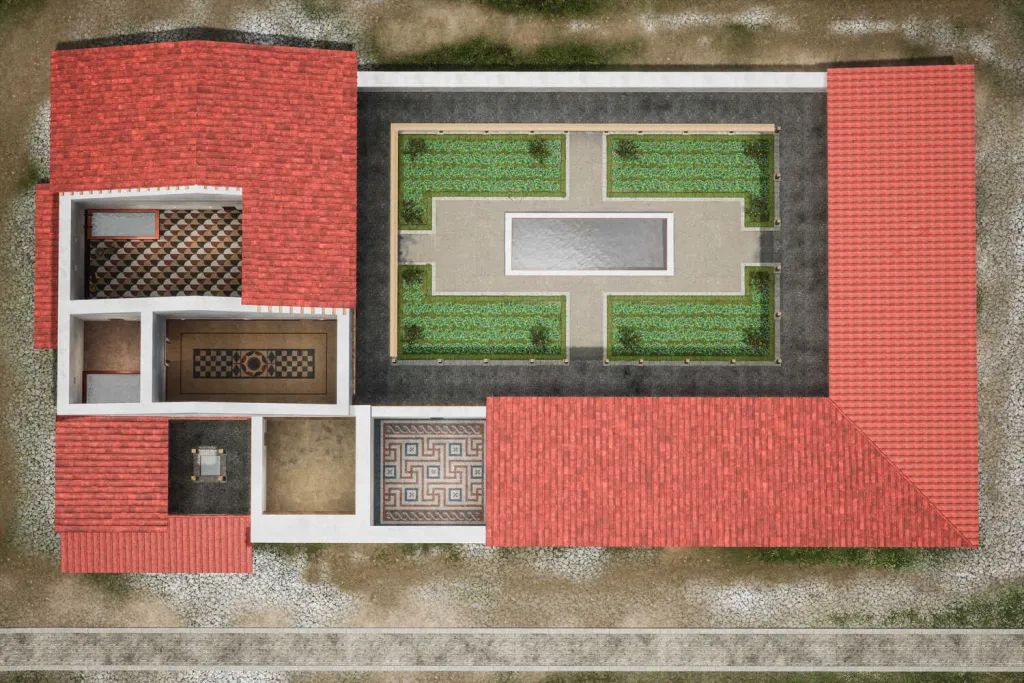 1/4An attempt to reconstruct a room in the garrison commander's house in Asparos. Credit: Radosław Karasiewicz-Szczypiorski and Mateusz Osiadacz
1/4An attempt to reconstruct a room in the garrison commander's house in Asparos. Credit: Radosław Karasiewicz-Szczypiorski and Mateusz Osiadacz -
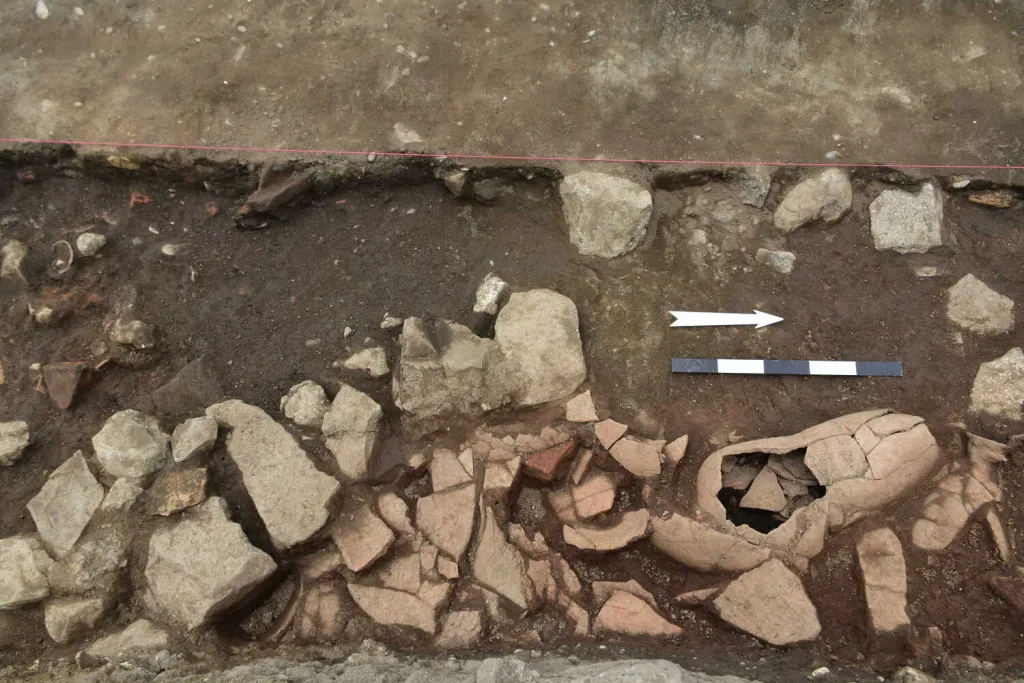 2/4Part of a kiln filled with amphorae. Credit: Marcin Matera
2/4Part of a kiln filled with amphorae. Credit: Marcin Matera -
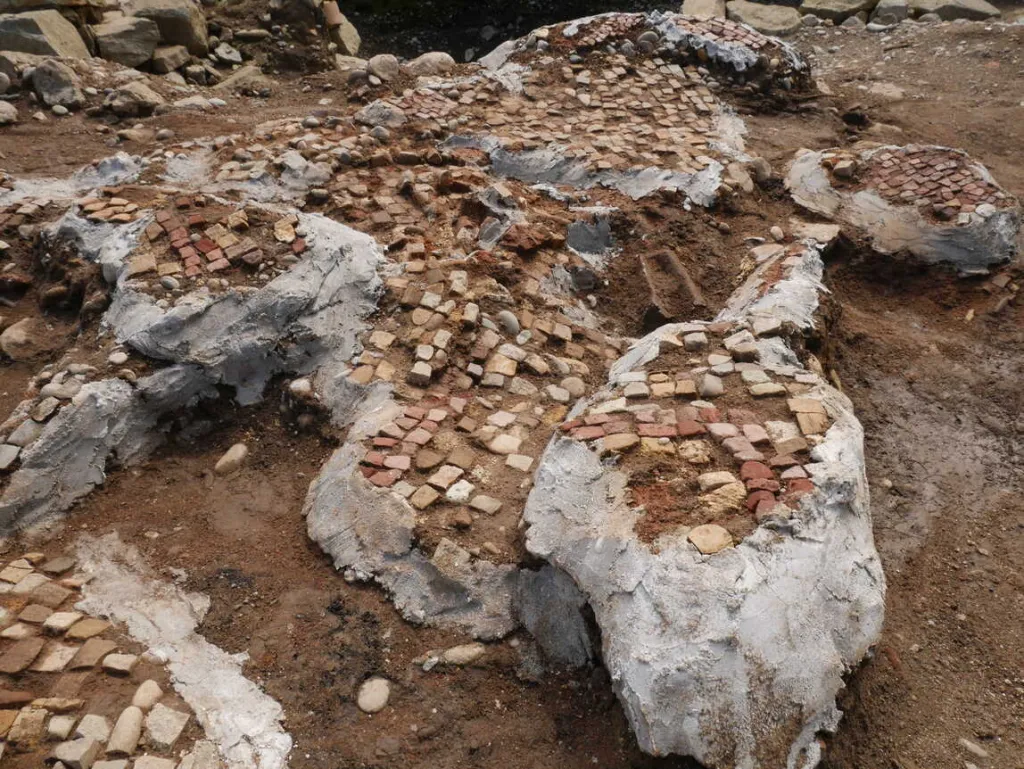 3/4Fragments of mosaic secured on site. Credit: Radosław Karasiewicz-Szczypiorski
3/4Fragments of mosaic secured on site. Credit: Radosław Karasiewicz-Szczypiorski -
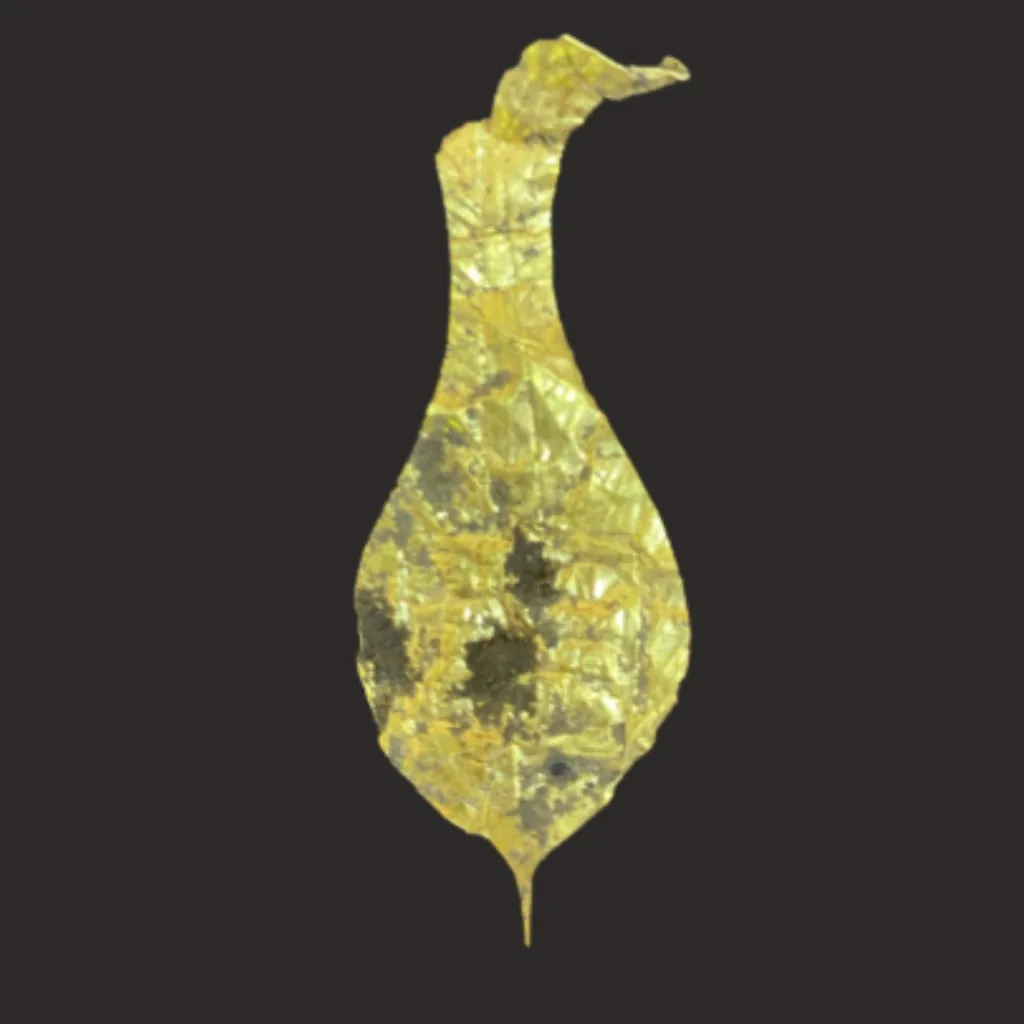 4/4Photo of the gold votive plaque immediately after its discovery. Credit: Natalia Lockley
4/4Photo of the gold votive plaque immediately after its discovery. Credit: Natalia Lockley













